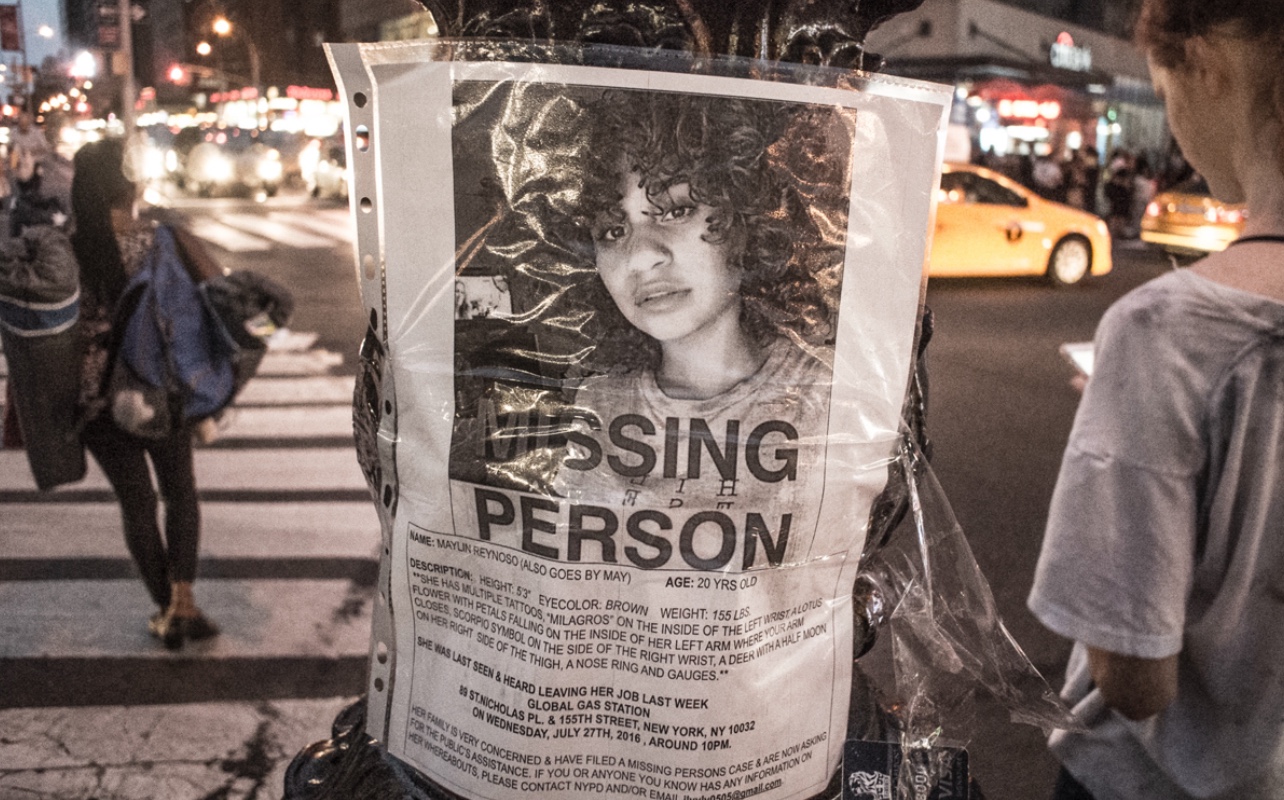
June 21, 2024
Black And Missing Foundation ‘Still Have A Lot Of Work’ To Do To Amplify ‘Typically Overlooked’ Cases
The Black and Missing Foundation acknowledge the progress that's been made but stress how much more work needs to be done.
The founders of the Black and Missing Foundation acknowledge the progress that’s been made since launching their organization. But they stress how much more work needs to be done to raise awareness on “typically overlooked” cases.
Natalie Wilson and Derrica Wilson have spent the last 16 years working to amplify missing persons cases involving victims often overlooked by mainstream media. It was the case of Tamika Huston in 2008 that inspired them to launch the Black and Missing Foundation.
“We started sounding the alarm that people of color are disappearing at an alarming rate around the country,” Natalie told kidnapping survivor Elizabeth Smart during a “Banfield” special report on Tuesday, June 18. “Typically, they did not receive any media coverage, law enforcement resources, or community engagement to be found.”
For decades, cases involving missing white women have gained mainstream media attention while the cases involving missing women of color too often go overlooked. Some missing person cases that have received increase media attention include Gabrielle Petito, Lacy Peterson, Chandra Levy, and Natalee Holloway, among many others. Huston and LaToyia Figueroa were among the few cases involving missing Black women that garnered media attention.
The drastically disproportionate coverage that cases involving missing white women receive compared to Black women and other women of color is something social scientists refer to as “missing white women syndrome.” While organizations like the Black and Missing Foundation aim to provide equal opportunity for all that are missing, Wilson says they “still have a lot of work” to do.
Smart, who was kidnapped in 2002 at age 14 and was missing for nine months before being found, applauds the Wilsons for their work. She credits increased media attention and police for helping bring her home, and knows that if other cases received as much coverage as hers, there would be fewer missing person cases.
“If every child received the same amount of attention, we would have so many more children home,” Smart said.
Derrica Wilson said the Black and Missing Foundation is working to raise awareness and connect law enforcement to resources as part of their continued efforts.
“Media applies pressure to law enforcement to dedicate more resources, and that’s what it takes. It takes all of us,” Derrica said.
In January, the Wilsons addressed the collective desensitization to cases involving missing persons of color and credited part of it to the public’s way of associating minority communities with criminal activity and poverty.
“We have been fighting an uphill battle,” Natalie said at the Crime Coverage Summit hosted by the Radio Television Digital News Association and the National Press Foundation.
“It has gotten better, but we are being shunned by the media, too. We are met with silence when we reach out to media outlets for coverage. We want our missing to be household names, too.
RELATED CONTENT: VP Kamala Harris And Quavo Team Up For Atlanta Gun Violence Summit